Impact Craters: A Study Of Asteroid Strikes
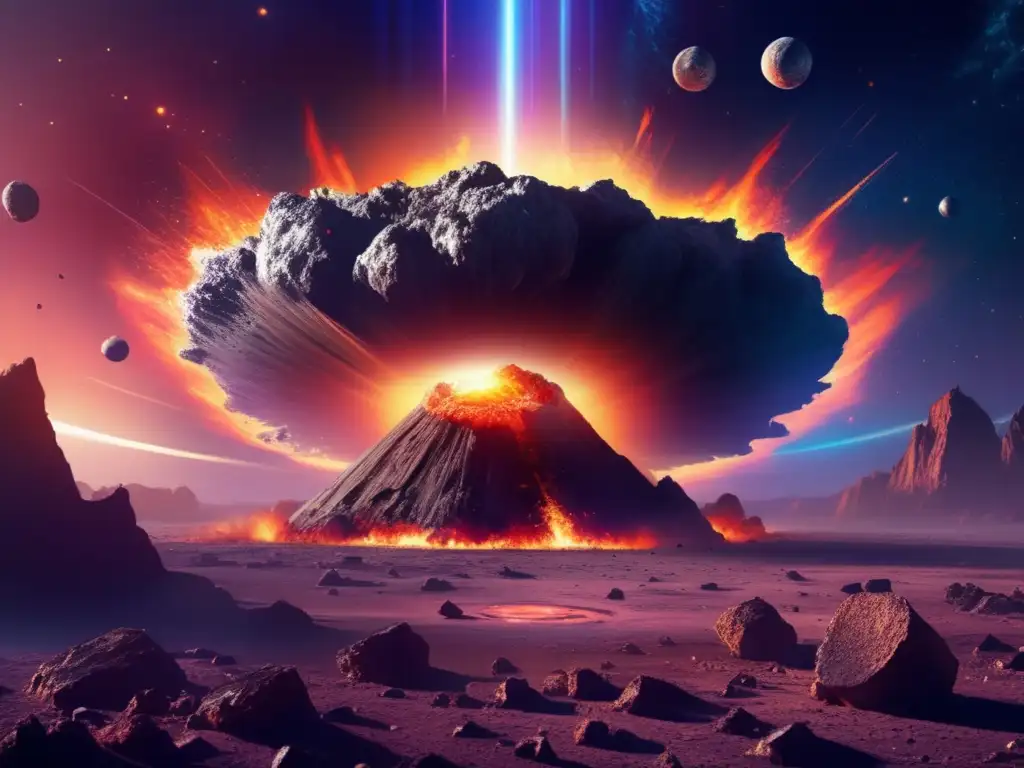
Introduction
Asteroids are small, rocky objects that orbit the sun, ranging in size from a few meters to several kilometers. They are remnants from the early solar system and their impact on Earth has played a vital role in shaping the planet's geological history. One of the most visible effects of asteroid impact on Earth is the formation of impact craters, which can be studied to understand more about the solar system's evolution. In this article, we will delve into the fascinating world of impact craters and explore what they tell us about asteroids.
The Formation of Impact Craters
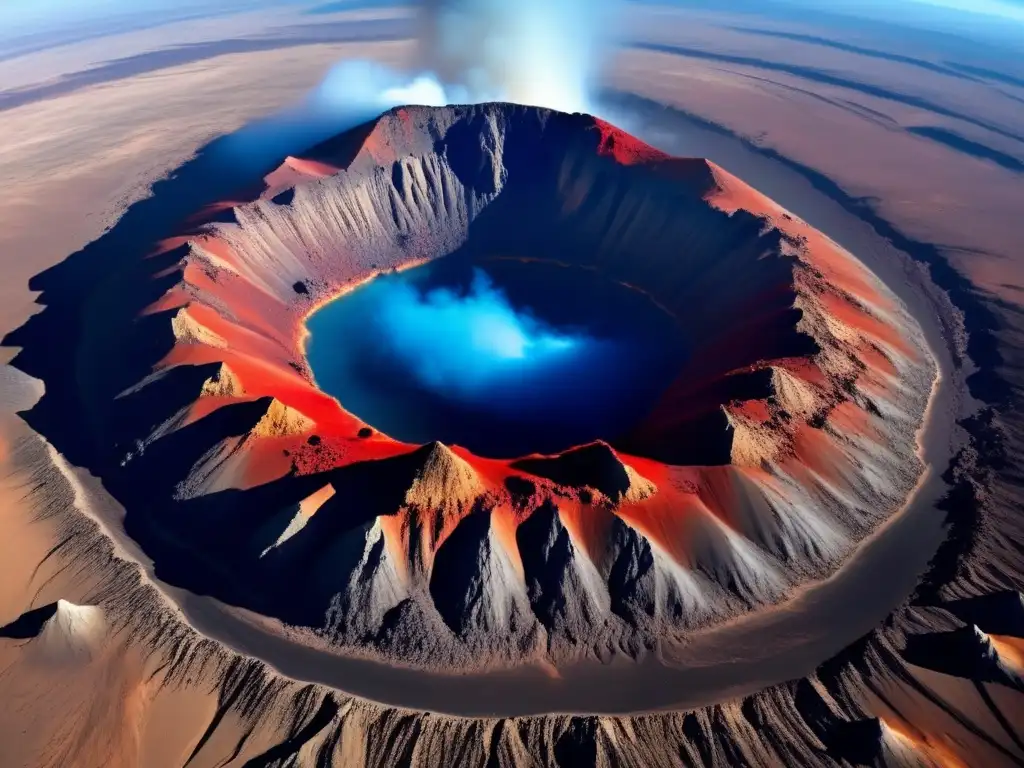
The Basics of an Impact Event
An impact event occurs when an asteroid collides with a planet or moon. The energy released during the impact leads to the formation of a crater, which can range in size from a few meters to hundreds of kilometers across. When an asteroid strikes the surface of Earth, the impact creates a shockwave that compresses the rock beneath the surface, causing it to break apart and rebound, creating a depression. The rebounding rock then flows back towards the center of the impact site, pushing up a central peak or ring.
The Mechanics Behind Crater Formation
The size and shape of an impact crater are dependent on the size and speed of the asteroid, as well as the composition of the target material. Larger and faster-moving asteroids will create larger craters with more pronounced central peaks, while softer target materials will result in shallower craters. Additionally, the angle of impact also affects the shape and size of the crater, with more oblique impacts creating elliptical or irregularly shaped craters.
Types of Crater Structures
There are several types of crater structures that can form during an impact event, including complex craters, simple craters, and peak-ring craters. Complex craters are formed by large, high-velocity impacts and have a central peak surrounded by a crater floor. Simple craters, on the other hand, are smaller and have a bowl-shaped depression with no central peak. Peak-ring craters are similar to complex craters but have a ring of peaks instead of a single central peak.
The Study of Impact Craters
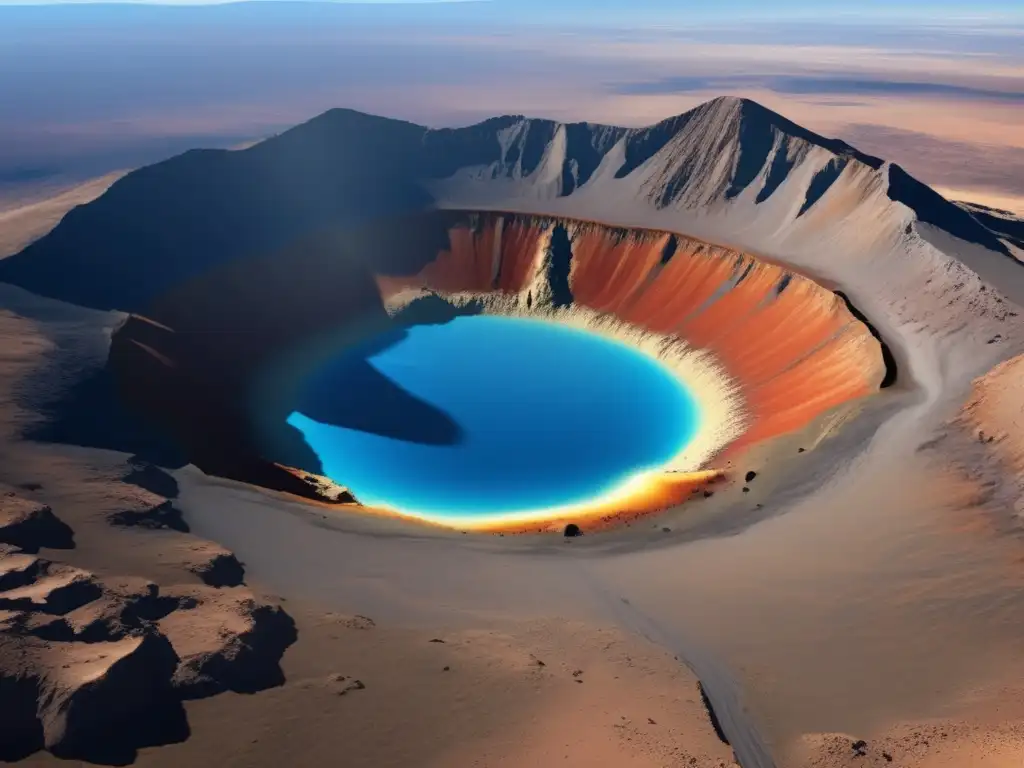
Impact Craters as Geological Time Capsules
One of the most significant contributions of impact craters is that they provide a geological record of the planet's history. By studying the layers of rock within an impact crater, scientists can learn about the history of the target material, including its composition, age, and even conditions at the time of the impact. This information can help us better understand the conditions and processes that shaped our planet and the solar system as a whole.
Impact Craters and Planetary Defense
In addition to their geological significance, impact craters are also important for planetary defense efforts. By studying the characteristics of past impact events, scientists can develop models to predict the effects of future impacts and develop strategies for mitigating or preventing them. Additionally, the identification of potential impact hazards allows governments and organizations to take action to protect the public and reduce the impact of an asteroid strike.
Frequently Asked Questions
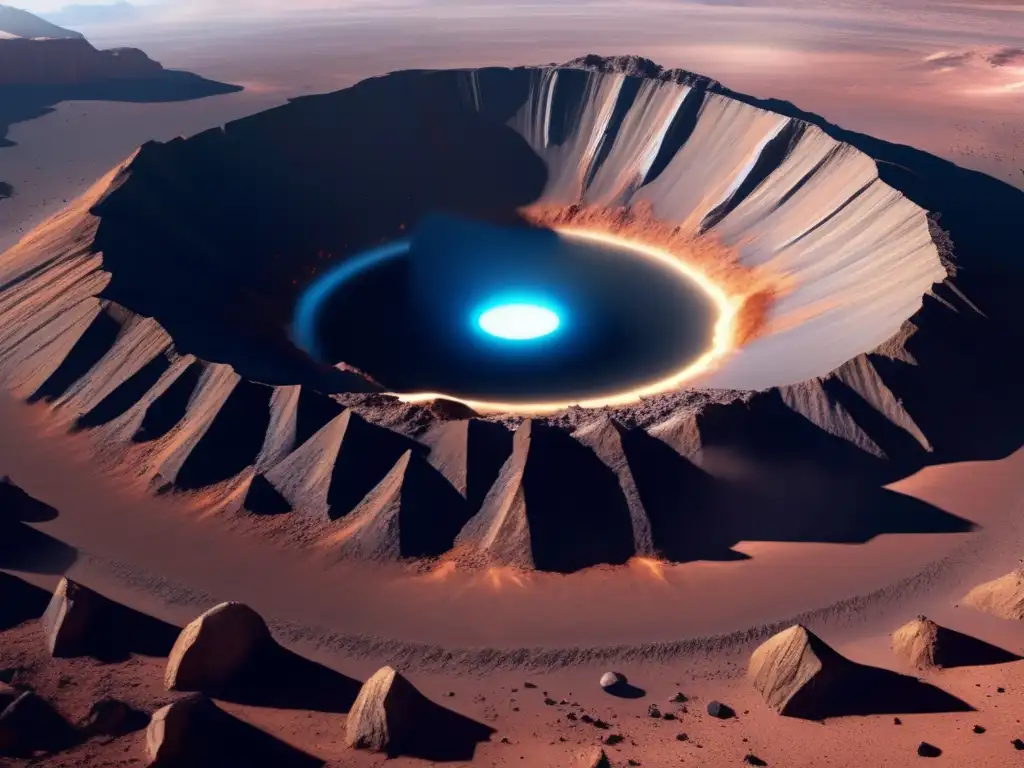
-
What is the largest impact crater on Earth?
The Vredefort crater in South Africa is the largest known impact crater on Earth, measuring approximately 300 kilometers across.
-
How do scientists determine the age of impact craters?
Scientists use a variety of methods to determine the age of impact craters, including radiometric dating of the rocks within the crater and analysis of the layers of rock surrounding the impact site.
-
Can impact craters be found on other planets?
Yes, impact craters can be found on other planets and moons in the solar system, including Mars, the Moon, and Jupiter's moons.
-
How often do asteroid impacts occur on Earth?
Asteroid impacts occur on Earth relatively frequently, with small impacts happening every day and larger impacts occurring less frequently, around once every few thousand years or so.
-
What is the likelihood of a catastrophic asteroid impact?
The likelihood of a catastrophic asteroid impact is low, with NASA estimating that an event capable of causing widespread destruction occurs once every few hundred thousand years.
Conclusion
Impact craters provide a window into the history of our planet and the role that asteroids have played in shaping it. By studying these craters, scientists can learn more about the evolution of the solar system and develop strategies to protect against future impact events. The study of impact craters is a fascinating field that continues to evolve as we explore more of our celestial neighborhood.
We hope that this article has provided valuable insights into the world of impact craters and their significance in asteroid studies. We encourage readers to share their thoughts and continue learning about asteroids by interacting with Asteroid Realm through subscriptions, social media, and other means. Thank you for your time and attention.
Additional Resources
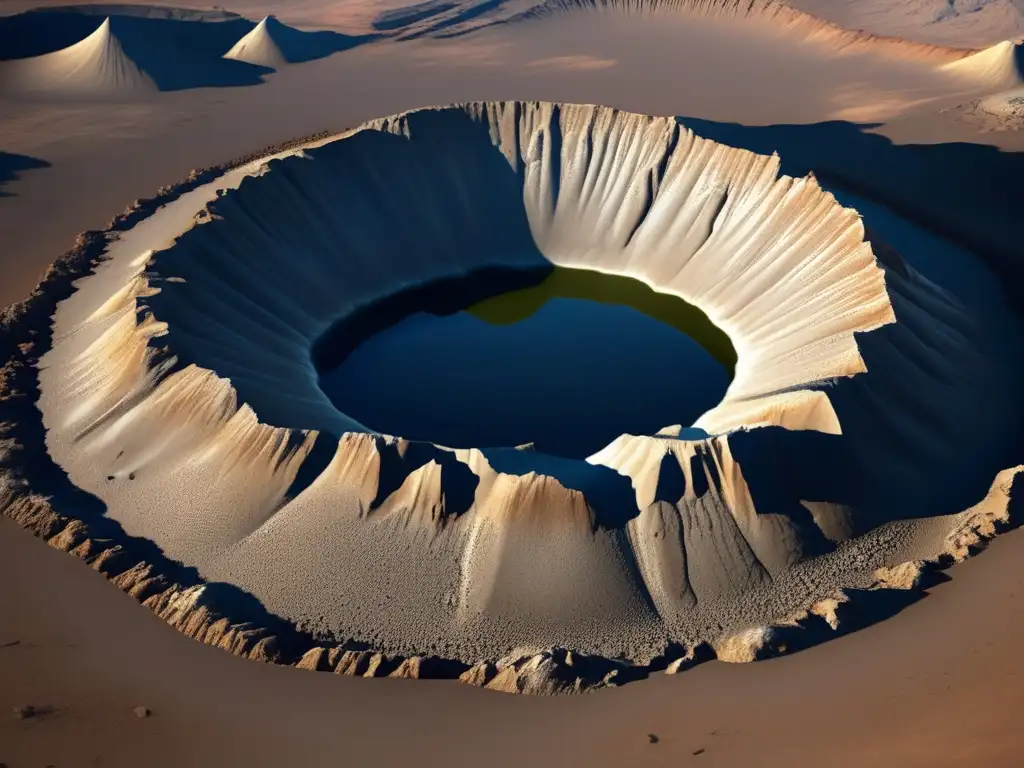
- NASA Asteroid Mission Page
- NOVA's Impact Craters and Geologic Processes
- Space.com's Asteroids, Meteors, and Comets Topic Page
 The Role Of Asteroids In Earth's Geological History
The Role Of Asteroids In Earth's Geological History Devastating Consequences: How Asteroids Can Affect Climate
Devastating Consequences: How Asteroids Can Affect Climate How Asteroid Impacts Influence Terrestrial Life
How Asteroid Impacts Influence Terrestrial LifeIf you want to discover more articles similar to Impact Craters: A Study Of Asteroid Strikes, you can visit the Asteroid Impacts category.
Leave a Reply

Articulos relacionados: